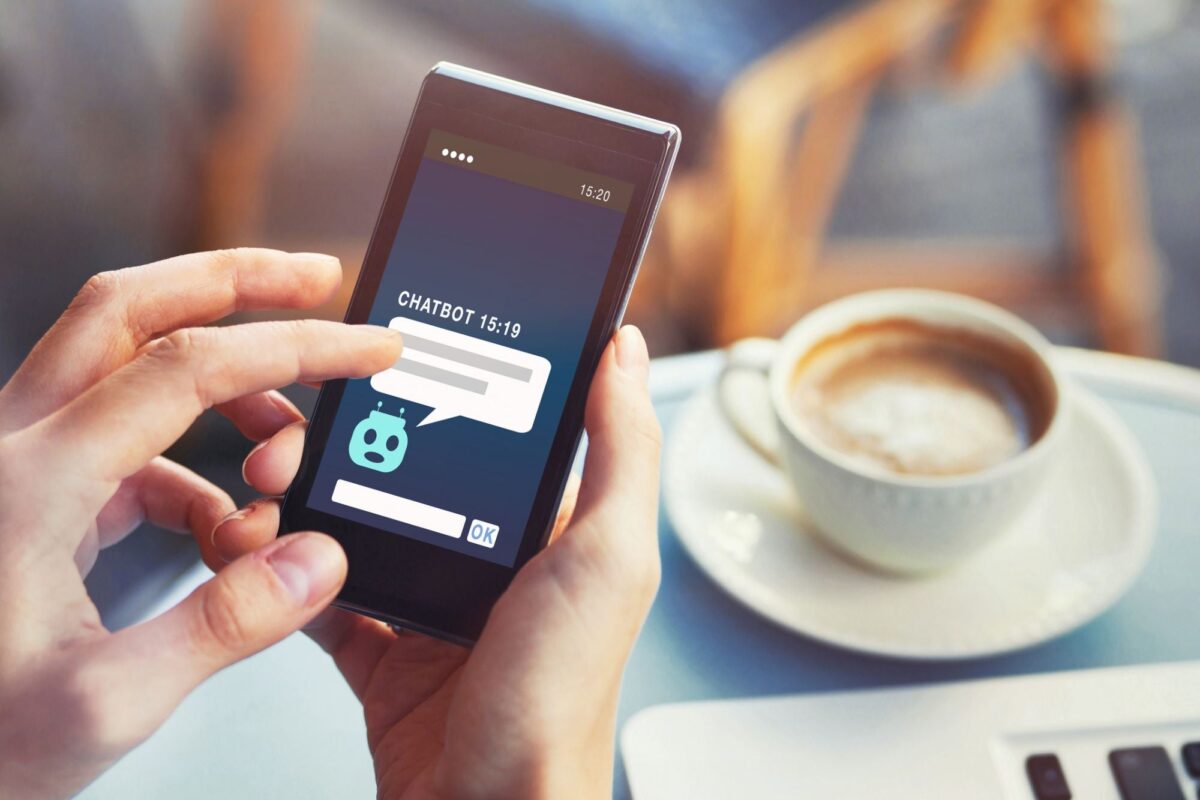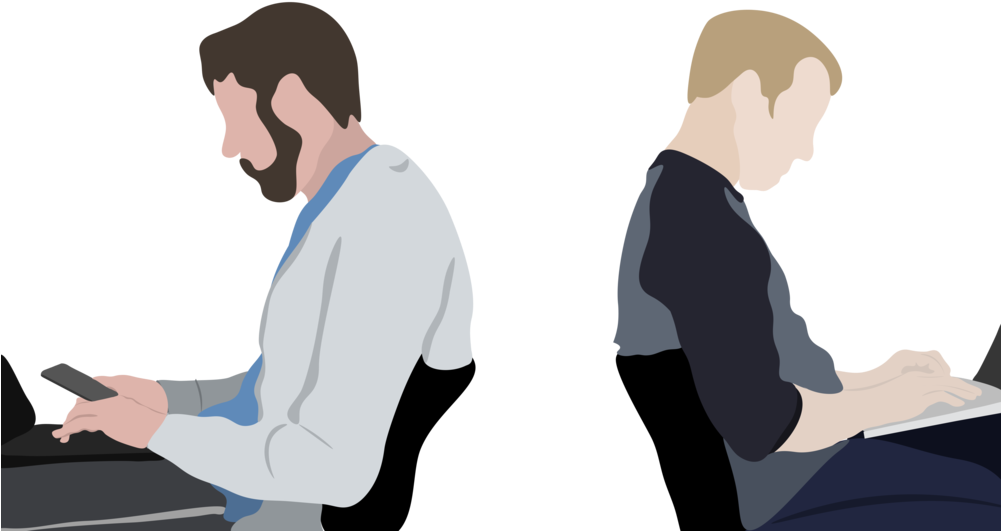Chatbots, also known as ‘’Conversational Agents’’, are software applications that simulate conversation with real people via web-based applications or standalone apps.Today, most chatbots can “talk” almost human and have become prevalent in various sectors, including customer service, education and even mental healthcare.
Some makers simply name their product a ‘’therapy bot’’, aiming to help users coping with mental illness. Woebot, founded in 2017 by a team of Stanford psychologists and AI experts, using a combination of natural language processing(NLP), carefully constructed writing, a sense of humor, and psychological expertise – primarily in Cognitive Behavioral Therapy (CBT) to detect users’ symptoms and deliver clinically-validated advices. (Digital Initiative,2020)
After the typical Hi and Hello, Woebot will first invite users to share or record their emotions, such as “What are the three things that you felt good about from the past 24 hours?” to have a rough idea about users’ condition. When the users are showing anxiety or depression, Woebot will encourage them to depict more about their true feelings, then using CBT skills to soothe their emotions.
The advantages of Chatbot in healthcare are quite apparent. First, it’s always available, For users that tend to terminate the conversation,the bot will go back to them the next morning to maintain a long term therapy. It is even more relevant when the world is impacted by Covid 19, a special time that even hugging our loved ones can be risky. Second, it is affordable. Woebot itself actually transited from charging a $39 monthly fee when it first launched to a free accessible app today. Even before the pandemic, appointments with psychologists and counselors usually cost high, the emergence of therapy bots may enable more people to access mental consultation and understand their medical condition.
Although conclusive evidence for their effectiveness has yet to be seen, many believe that AI chatbots will become more dominant in health care. A research on young adults with depression or anxiety also showed the group who chatted with Woebot for two weeks significantly reduced their symptoms, while the other group that was directed to the ebook of mental health did not.
In my opinion, such chatbot therapy not only comes with the advantages mentioned above, but also eases the nerve and awkwardness when expressing one’s deep mind thoughts to another human being. Would you try the chatbot when feeling depressed?
References:
MICHAŁ KRZYSZTOF (2020). Chatbots in Health Care: Benefits, Risks, and 5 Insightful Use Cases https://codete.com/blog/chatbots-in-healthcare/
Kathleen Kara Fitzpatrick 1, Alison Darcy 2, Molly Vierhile (2017). Delivering Cognitive Behavior Therapy to Young Adults With Symptoms of Depression and Anxiety Using a Fully Automated Conversational Agent (Woebot): A Randomized Controlled Trial
https://pubmed.ncbi.nlm.nih.gov/28588005/
James Dinneen (2020). I Chatted With a Therapy Bot to Ease My Covid Fears. It Was Bizarre. https://onezero.medium.com/i-chatted-with-a-therapy-bot-to-ease-my-covid-fears-it-was-bizarre-ccd908264660


